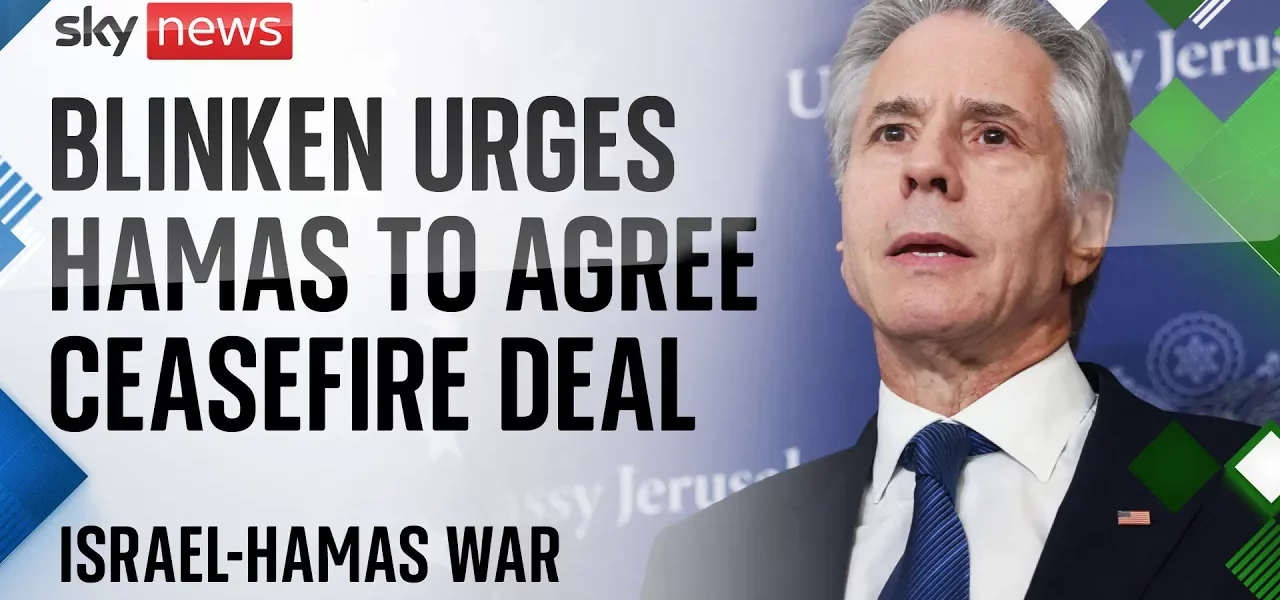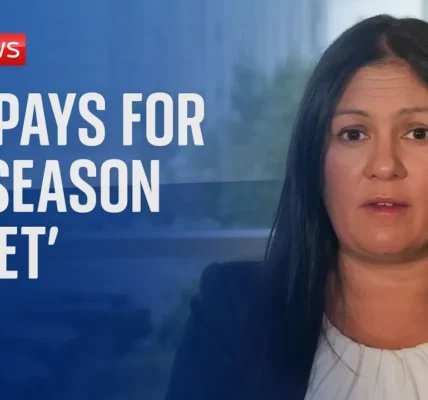Gaza Conflict: The Humanitarian Crisis and Diplomatic Efforts

The ongoing conflict in Gaza has resulted in the tragic loss of many lives daily, leading to immense suffering for families and communities. This article delves into the recent developments, the humanitarian consequences, and the diplomatic efforts aimed at achieving peace in the region.
Introduction
In recent weeks, the situation in Gaza has reached alarming levels, with reports indicating that over a hundred people lose their lives each day due to the relentless Israeli bombardment. Each loss signifies not just a statistic but a profound tragedy for the families left behind. This article aims to provide a comprehensive overview of the current conflict, highlighting the humanitarian crises and the complexities of international diplomacy involved in seeking a resolution.
The Human Toll of the Gaza Conflict
The humanitarian impact of the ongoing conflict in Gaza is staggering. As the violence escalates, the civilian population suffers disproportionately. The following points outline the key aspects of this humanitarian crisis:
- Over 40,000 casualties have been reported, with a significant number of those being civilians.
- Critical infrastructure has been devastated, leaving many without basic necessities such as food, water, and medical care.
- Families are torn apart, with many individuals unaccounted for and relatives left to mourn their losses amid chaos.
Visual evidence of the destruction can be seen in the images of Gaza City, where the landscape has been irrevocably altered by ongoing airstrikes. The United Nations estimates that it will take approximately 15 years to clear the estimated 40 million tons of rubble before any rebuilding can commence.
Diplomatic Efforts and Key Players
Amidst the devastation, international diplomacy continues to play a crucial role in seeking a resolution to the conflict. The following subsections provide insight into the key players and their roles:
Anthony Blinken’s Role
As America’s top diplomat, Anthony Blinken has made several visits to the region, advocating for a ceasefire and a diplomatic solution. His approach includes:
- Presenting a ceasefire plan aimed at reducing hostilities.
- Emphasizing the urgency of negotiations to secure the release of hostages held by Hamas.
- Highlighting the potential for escalating violence if a resolution is not achieved soon.
Israeli Government’s Stance
The Israeli government, led by Prime Minister Benjamin Netanyahu, faces significant pressure both domestically and internationally. Key points include:
- Netanyahu’s reluctance to agree to a ceasefire, citing security concerns.
- Reports suggest that two-thirds of the Israeli public supports a ceasefire to facilitate the release of hostages.
- Internal political dynamics may hinder progress, with hardliners influencing decision-making.
Hamas’s Position and Actions
In response to international calls for a ceasefire, Hamas has expressed its own grievances. Notable points include:
- Claims that Israeli demands complicate negotiations, particularly regarding military presence in Gaza.
- Recent actions, such as sending a suicide bomber to Tel Aviv, indicate a willingness to escalate the conflict amidst stalled diplomatic efforts.
The cycle of violence continues to exacerbate the humanitarian situation, raising questions about the feasibility of peace talks under current conditions.
Conclusion
The ongoing conflict in Gaza remains a complex interplay of humanitarian crises and geopolitical maneuvers. With each passing day, the suffering of civilians deepens, underscoring the urgent need for effective diplomatic interventions. As international leaders work toward a resolution, it is crucial for the global community to remain engaged and advocate for peace. We encourage readers to stay informed and support humanitarian efforts aimed at alleviating the suffering of those affected by this devastating conflict.
“`




